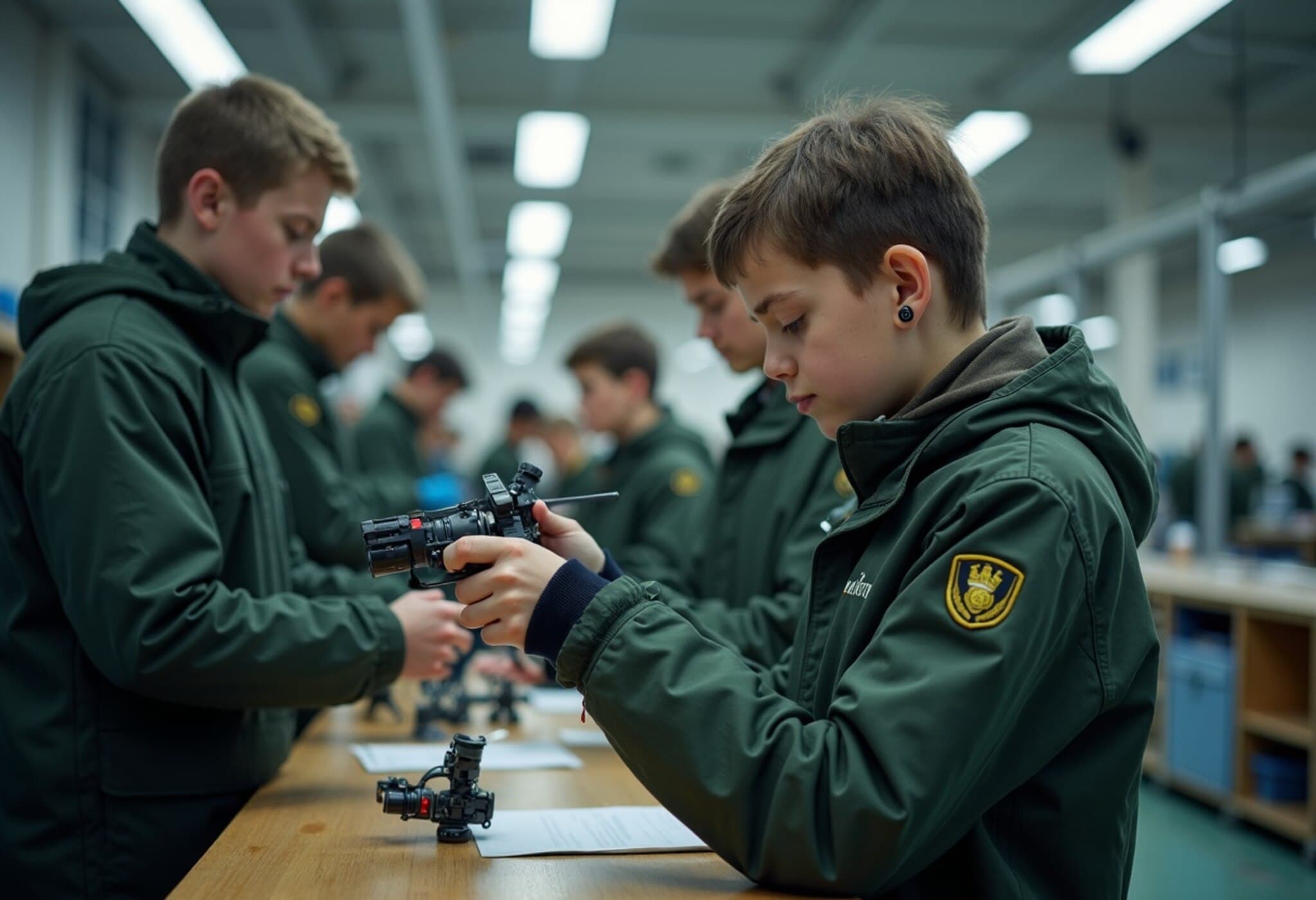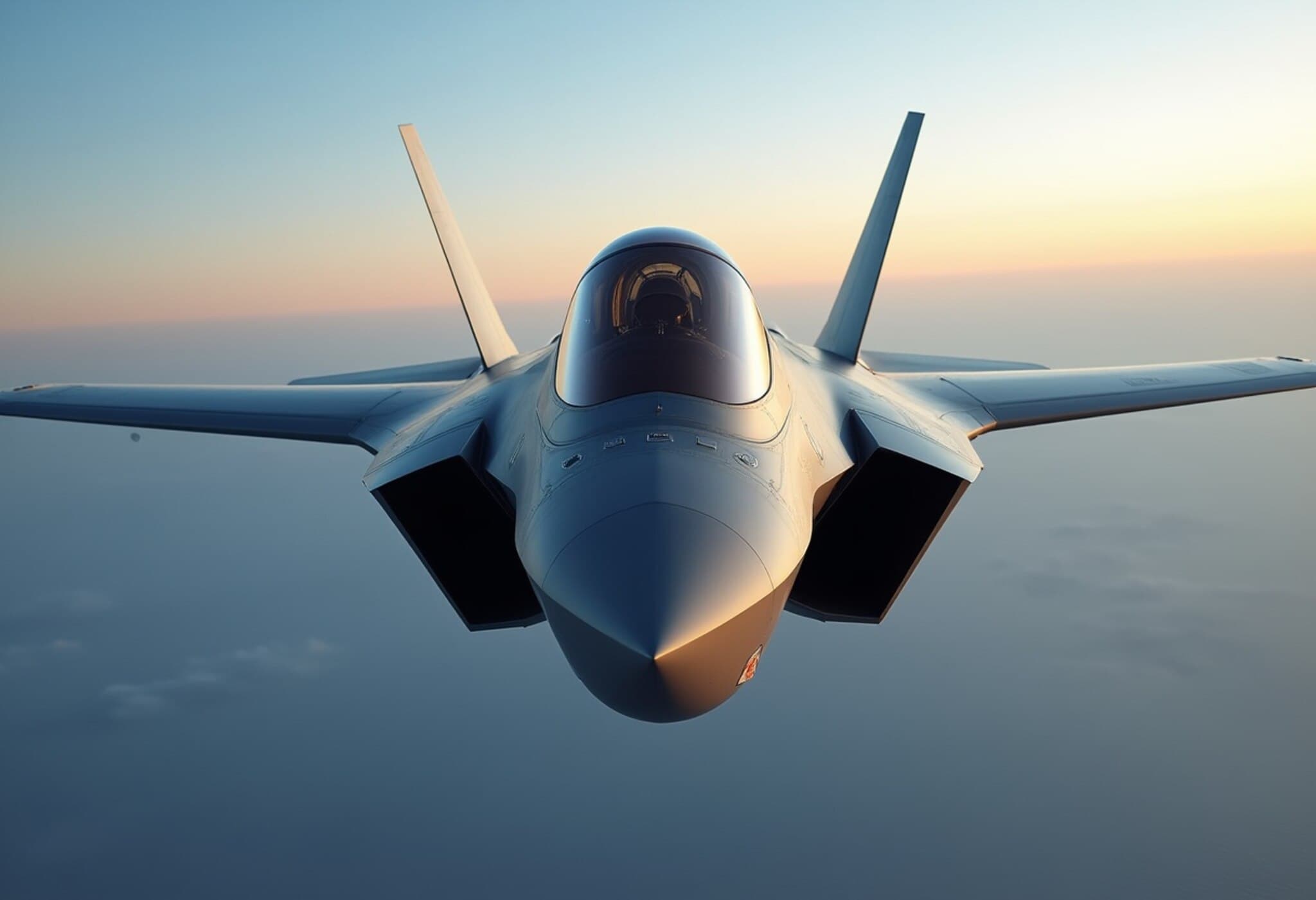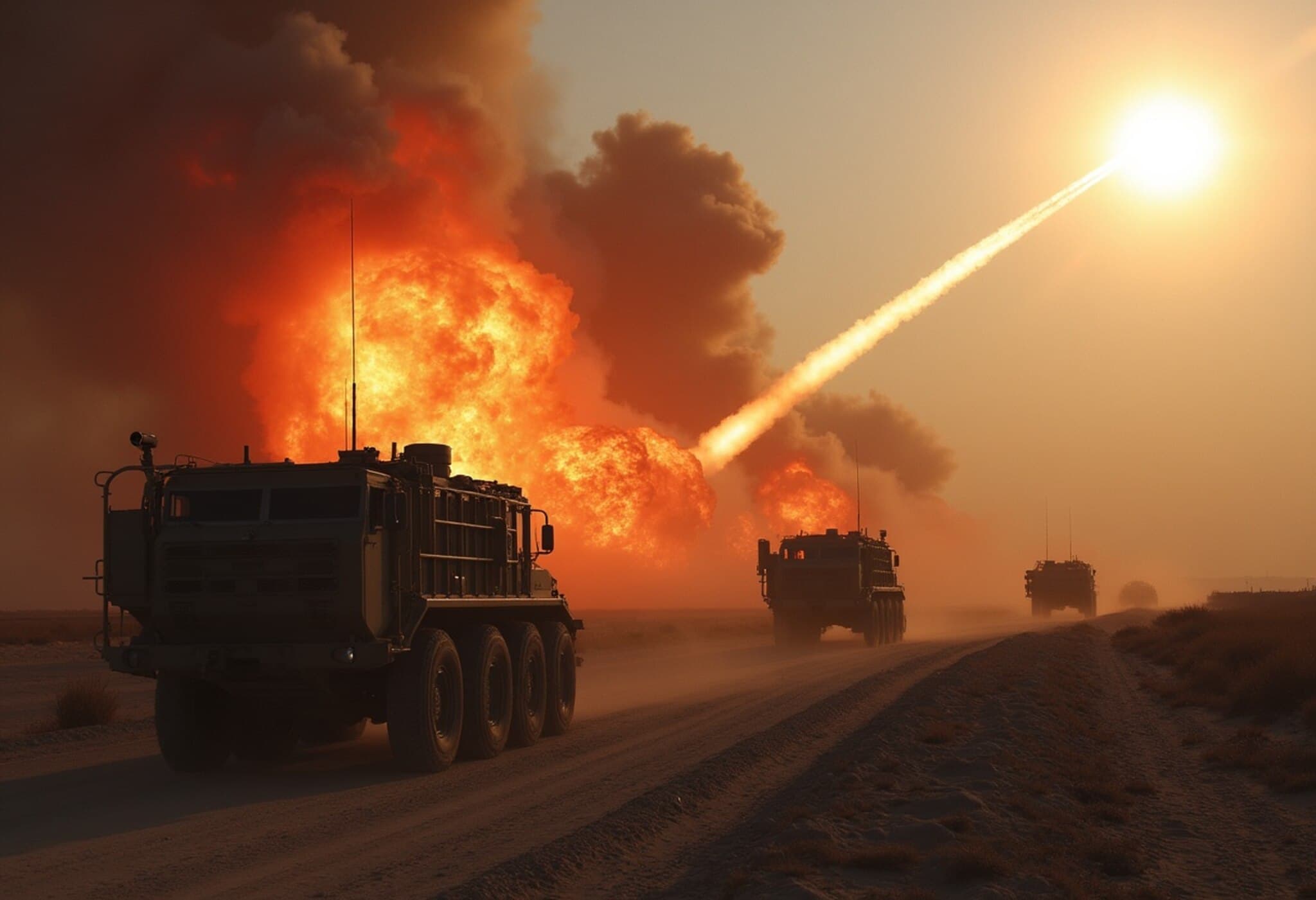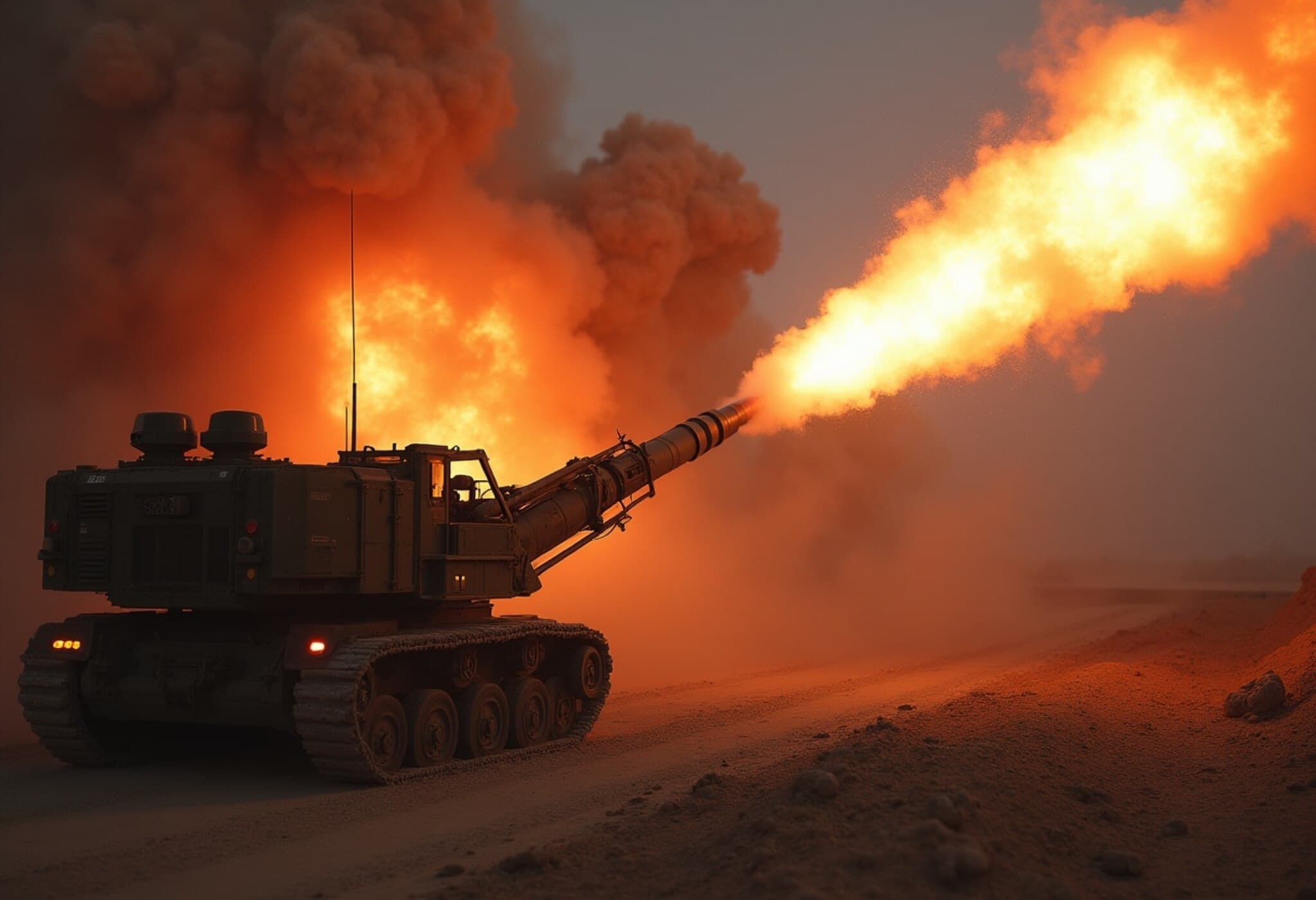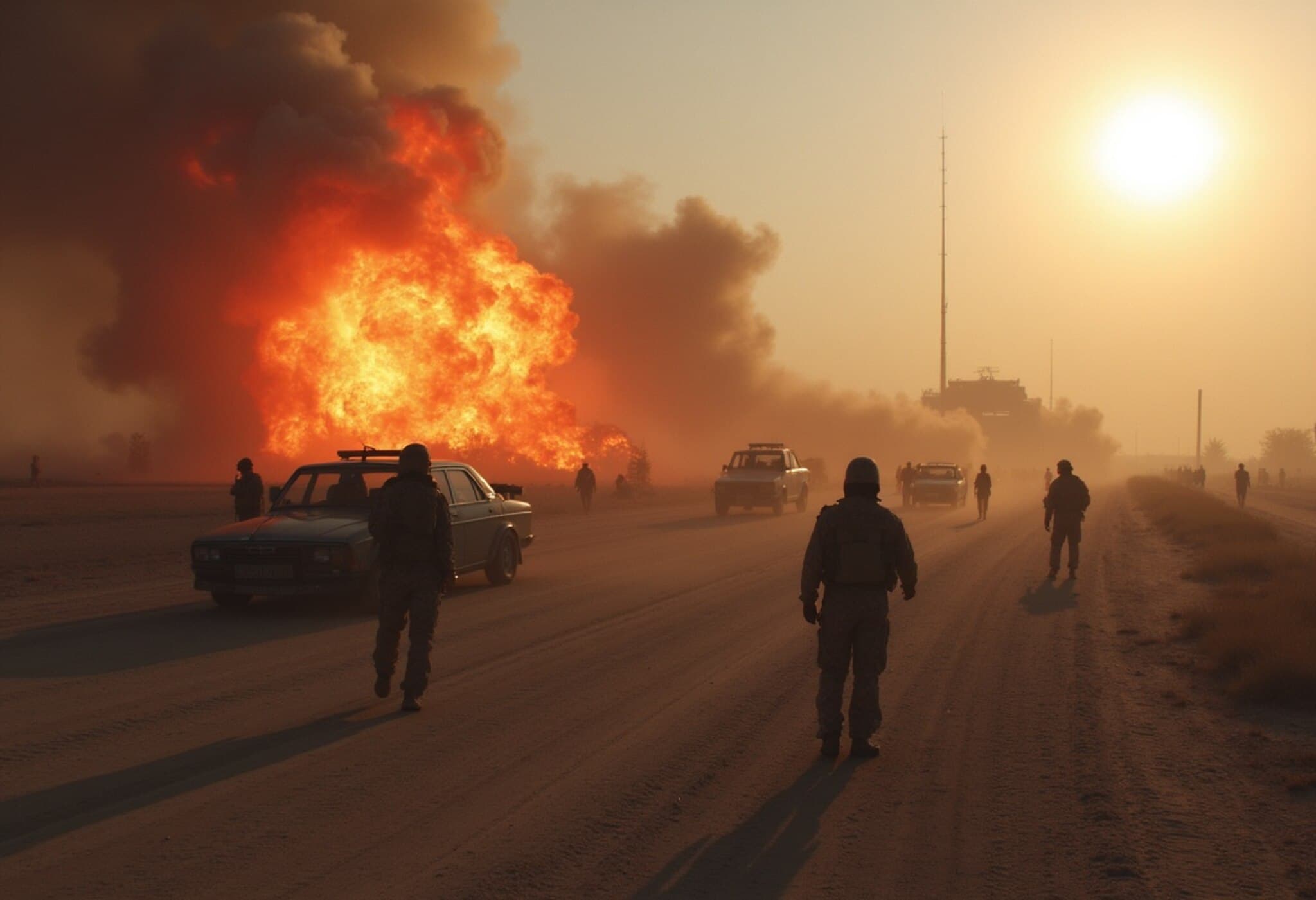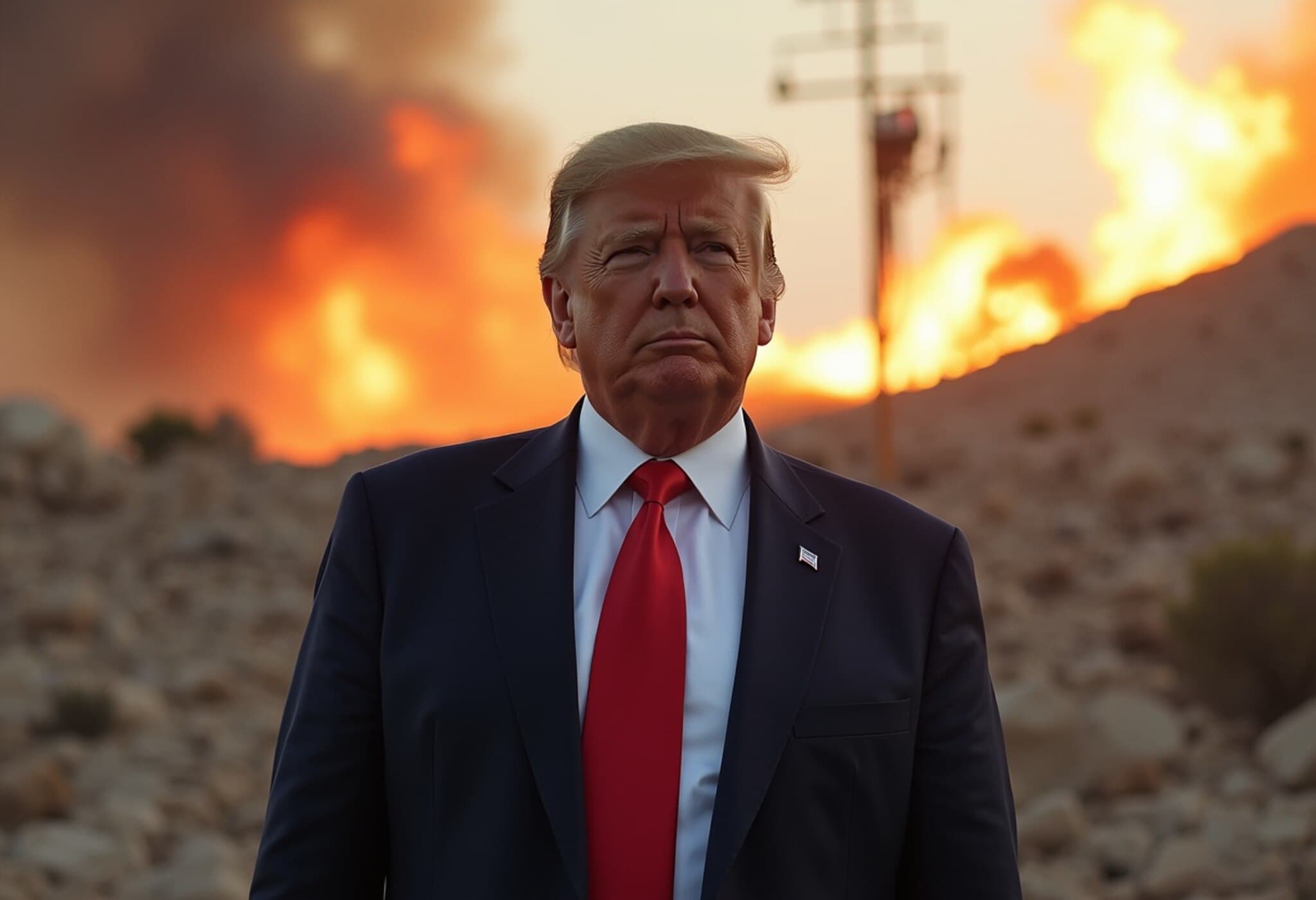Drones: The New Frontier of Modern Warfare
In the remote stretches of Alaska’s wilderness, an urgent yet sobering rehearsal unfolded. A fleet of American-made drones, designed to hunt and crash into enemy targets autonomously, took to the skies—only to falter much of the time. Some missed their targets by meters; others crashed prematurely into mountains. These tests, conducted by the Department of Defense’s Defence Innovation Unit, symbolized a stark reality: while drones have become pivotal in contemporary battlefields worldwide, the United States lags behind its key adversaries, notably China and Russia, in drone manufacturing, deployment, and counter-drone defenses.
Behind the Scenes of US Drone Limitations
Unlike the massive, costly Predator and Reaper drones developed in the past decades, today’s combat scenarios rely heavily on swarms of inexpensive, easily available drones often built from suprisingly cheap and accessible technology. In conflicts like Ukraine’s defense against Russia, modified hobbyist drones—such as DJI’s Mavic models—have played outsized roles in surveillance and targeted strikes. Yet, many of these drones depend on Chinese components and manufacturing, raising national security concerns and complicating US military reliance on foreign-made tech.
According to Trent Emeneker, head of autonomy projects at the Defence Innovation Unit, if the US faced a drone-centric war tomorrow, the military would be unprepared. He bluntly stated, “We aren’t giving the American war fighter what they need to survive warfare today.” This sentiment resonates with Defence Secretary Pete Hegseth, who recently criticized bureaucratic red tape that has long shackled swift drone procurement and training initiatives.
The Procurement and Innovation Bottleneck
The US military’s traditional model favored complex, high-cost unmanned vehicles, but 21st-century battles require nimble, affordable drone swarms. However, outdated rules and layered procurement processes have slowed the integration of drone technology on the battlefield. To counter this, President Trump’s executive order titled “Unleashing American Drone Dominance” seeks to expedite regulatory approvals and insulate the domestic drone industry from foreign interference.
Despite these policy advances, the scale of domestic drone production is still trailing. Industry estimates indicate that America’s roughly 500 drone manufacturers produce fewer than 100,000 drones annually—mostly start-ups without large-scale output. In contrast, Chinese manufacturer DJI commands approximately 70% of the global commercial drone market, underlining the enormous challenge in scaling American production rapidly.
Field Trials Reveal Technical and Tactical Gaps
The Alaska exercise painstakingly revealed multiple challenges faced by US drone makers. Cutting-edge prototypes struggled with navigation errors and engine failures, particularly when deprived of GPS signals. For example, Tucson-based startup Dragoon achieved a milestone by successfully crashing a drone into a simulated armored personnel carrier, albeit not the intended target. Meanwhile, established players like AeroVironment experienced technical setbacks, including drone crashes and navigation jams.
Counter-drone measures were equally problematic. The Army’s Electromagnetic Warfare Platoon deployed an array of electronic jammers—some relics from past eras at war in the Middle East—that proved largely ineffective against modern drone tech. Even the newest backpack-based drone defense systems were hit-and-miss. Only by the exercise’s fourth day did soldiers harness their gear more effectively, leveraging devices like the Magpie electronic jammer.
Lessons from the Battlefield: Ukraine’s Drone Resilience
Ukraine’s ongoing conflict highlights a stark contrast. Ukrainian forces quickly adapted consumer drones, equipping them with lethal modifications and mastering their use amid existential threats. This crucible of real war has accelerated Ukraine’s drone innovation, leading it to become a hub of drone development and tactical expertise. US industry consultant Chris Bonzagni noted many American drones sent to Ukraine underperformed due to outdated features susceptible to electronic jamming by Russian forces.
What Lies Ahead for US Drone Warfare?
With Silicon Valley investors like Peter Thiel and figures such as Donald Trump Jr. joining the board of American drone startups, there is palpable momentum. Yet, bridging the gap between concept and battlefield-ready technology remains a marathon, not a sprint. The US must overhaul procurement policies, invest in rigorous R&D, and cultivate training regimes that reflect the realities of drone warfare.
- Policy Reform: Simplify drone acquisition and deployment rules to keep pace with fast-evolving threats.
- Domestic Manufacturing: Scale US drone production to reduce reliance on foreign supply chains.
- Counter-Drone Innovations: Invest in next-generation electronic warfare tools that can reliably neutralize enemy drones.
- Training and Doctrine: Build soldier proficiency with drone operations and defenses informed by lessons from active warzones like Ukraine.
Conclusion
The drone has indisputably transformed modern warfare, shifting tactical and strategic paradigms globally. For the United States, the imperative is clear: catch up or risk ceding dominance in the domains of autonomous and remotely piloted combat systems. The Alaska trials underscored both setbacks and progress, but they also serve as a rallying cry to invest smarter, innovate faster, and embrace a future where robotic aircraft might decide the battlefield’s fate.
Editor's Note
As drone technology becomes integral to national defense, readers should ponder: How can the US balance rapid innovation with ethical and security considerations in drone warfare? What are the implications of relying on foreign components in critical military hardware? And how can lessons from conflicts like Ukraine shape American military procurement and training for an increasingly drone-centric future?




